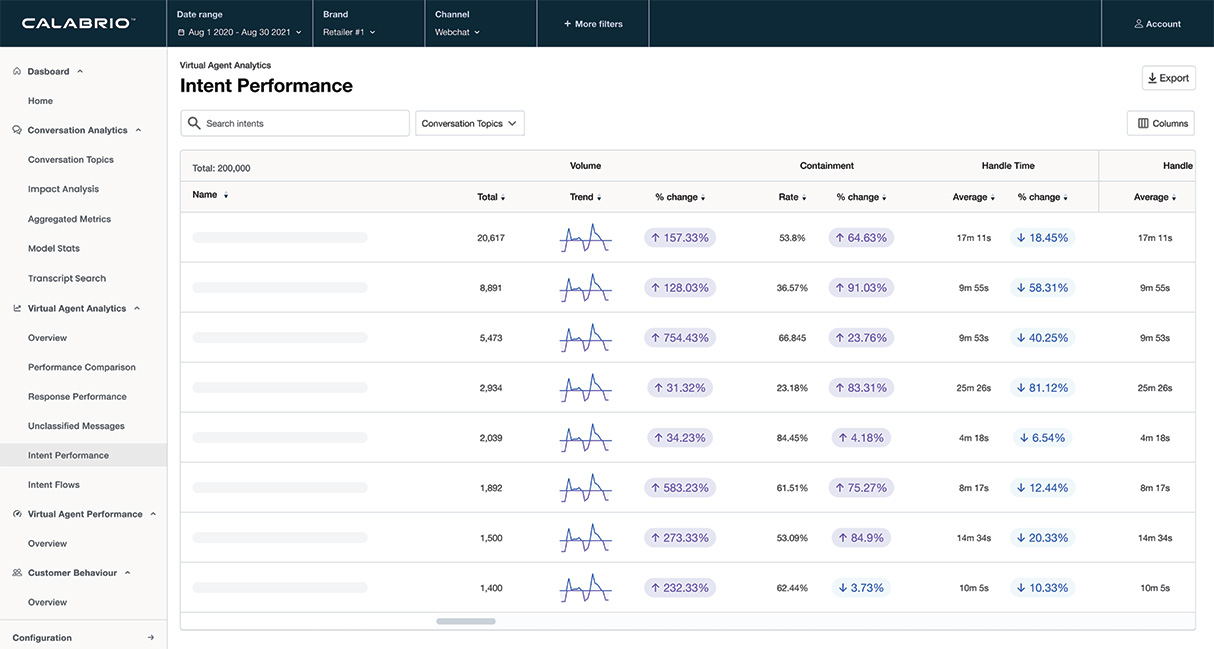Trends Driving Adoption of Cloud-Based Contact Center Solutions

For contact centers, 2016 was the year of the cloud. It was the year when the cloud-based contact center infrastructure market hit its stride on a worldwide basis. Acceptance and adoption of these solutions continue to pick up momentum in North America, Europe and Asia, particularly in Australia and The Philippines. Cloud-based contact center solutions are no longer just for small and mid-sized organizations; because of the flexibility inherent in cloud-based services, larger enterprises also find this model appealing.
It’s important to point out that many companies will use a hybrid deployment model where some of their capabilities are in the cloud while others are on-premise. This means that many contact centers have a cloud-based workforce management solution integrated with a premise-based automatic call distributor (ACD), or it could be a cloud-based speech analytics solution that uses recordings captured on-premise. These hybrid systems underscore the importance of investing in solutions that are flexible and can be integrated with on-premise or cloud-based third-party applications.
Global Requirements are Driving Demand for Cloud-Based Contact Center Solutions
Globalization is driving many companies to look for a cost-effective approach to establishing a regional presence in a variety of countries. In the recent past, companies had to rent an office, acquire the necessary technology and platforms, find resources to install and maintain their solutions, etc. But this is no longer the case when it comes to contact center functionality, as it is available in the cloud from domestic and international providers. Even better, some local carriers have international reach through partnerships, which can simplify the process of establishing a worldwide telephony infrastructure. Nowadays, a company that wants to set up a contact center or service organization in another country can do so without buying anything up-front.
Using the Cloud to Deliver WFO Capabilities to Non-Office Workers
Companies are using the cloud to provide contact center and workforce optimization (WFO) functionality to employees who are not traditional agents sitting in a contact center. Read more about the key concepts and best practices of WFO with our complete guide to workforce optimization. The cloud has made it cost effective to extend the delivery of recording, workforce management, quality assurance, speech analytics and a lot of other capabilities to employees in offices, branches, and working at home. The use of cloud-based solutions has eliminated many of the prior limitations for contact centers and their technology. Companies can now hire resources throughout their country or in others, and have them be an active part of their environment.
System Reliability and Security are High in the Cloud
System reliability is one of the important reasons why large contact centers have started to migrate from their current premise-based contact center solutions to the cloud. Leading cloud-based contact center infrastructure vendors are delivering to a 99.99% service level, which is often as dependable as many of their premise-based competitors. End users want more and are demanding an even higher level of performance from cloud-based vendors, who are starting to deliver to a 99.999% reliability level. These vendors are achieving this by using an active-active architecture where end-user transactions are processed on two sites, something that is prohibitively expensive for most enterprises.
As importantly, a growing number of cloud-based contact center infrastructure vendors have built environments that adhere to some of the highest security standards; they’ve invested in capabilities that are cost-prohibitive to many end-user organizations. These advancements should pave the way to even wider adoption of cloud-based solutions, as service level and security are two of the last impediments to adoption by large contact centers.
Final Thoughts
The cloud gives companies and their contact centers new and compelling options. Managers can choose from among hundreds of solutions. They can also select the deployment options that best meet their needs, and then swap them out as needed, because the cloud gives them this flexibility. They can try one solution and move on to another one, without a major financial write-off or penalty. As importantly, they can provision the support services they need from their cloud-based vendor, for as long as they need them. When short on IT services, enterprises can essentially “rent” the resources they need and gain ongoing access to the newest features, which they can elect to deploy or defer. The cloud still isn’t for everyone, but it has many compelling benefits, and now that system reliability and security issues have been addressed, cloud-based solutions are certainly a viable option for almost any organization.







